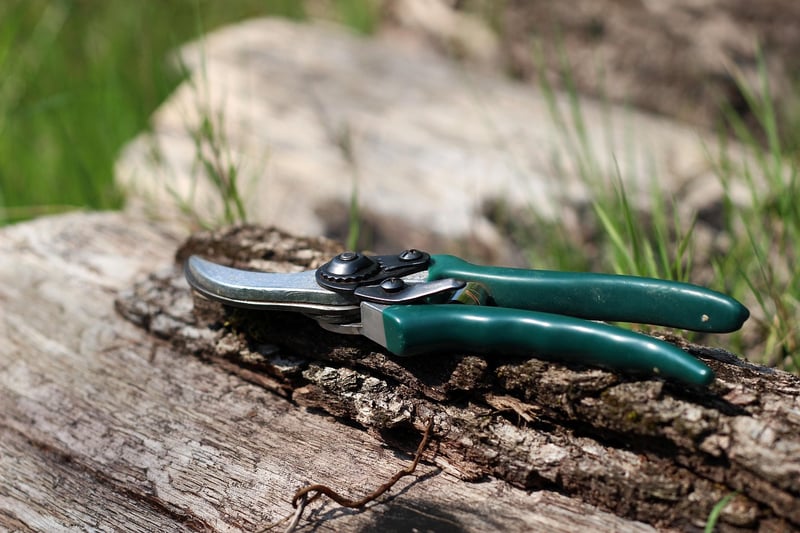Pruning techniques
Nurture Your Green Companions: Pruning Techniques

Welcome to the world of plant care, where your green companions thrive under your loving touch. One crucial practice in nurturing your plants is pruning. Pruning is the process of selectively removing parts of a plant to promote healthy growth, improve structure, and enhance overall appearance. Let's delve into some essential pruning techniques to keep your green friends flourishing.
1. Why Prune?
Pruning is essential to maintain the health and vitality of your plants. It helps in:
- Promoting new growth
- Removing dead or diseased parts
- Shaping the plant for aesthetic purposes
- Controlling size and improving air circulation
2. Tools of the Trade
Before you start pruning, ensure you have the right tools handy:
- Pruning Shears
- Loppers for thicker branches
- Pruning Saw for larger branches
- Gloves to protect your hands
3. Basic Pruning Techniques
Here are some fundamental pruning techniques to master:
- Pinching: Using your fingers to pinch off soft growth tips to encourage bushier growth.
- Heading Back: Cutting back a portion of a stem to a bud to promote growth in a specific direction.
- Thinning: Removing entire branches at the base to improve air circulation and reduce density.
- Cleaning: Pruning out dead or diseased branches to prevent the spread of infections.
4. When to Prune?
Timing is crucial when it comes to pruning:
- Spring: Ideal for most flowering plants and fruit trees
- Summer: Best for shaping and controlling growth
- Fall: Suitable for removing dead branches and preparing for winter
- Winter: Prune dormant plants to promote new growth in spring
Remember, each plant has specific pruning needs, so research your plant species for the best pruning practices. With the right techniques and a little care, your green companions will thrive and bring joy to your space!
Happy pruning!
